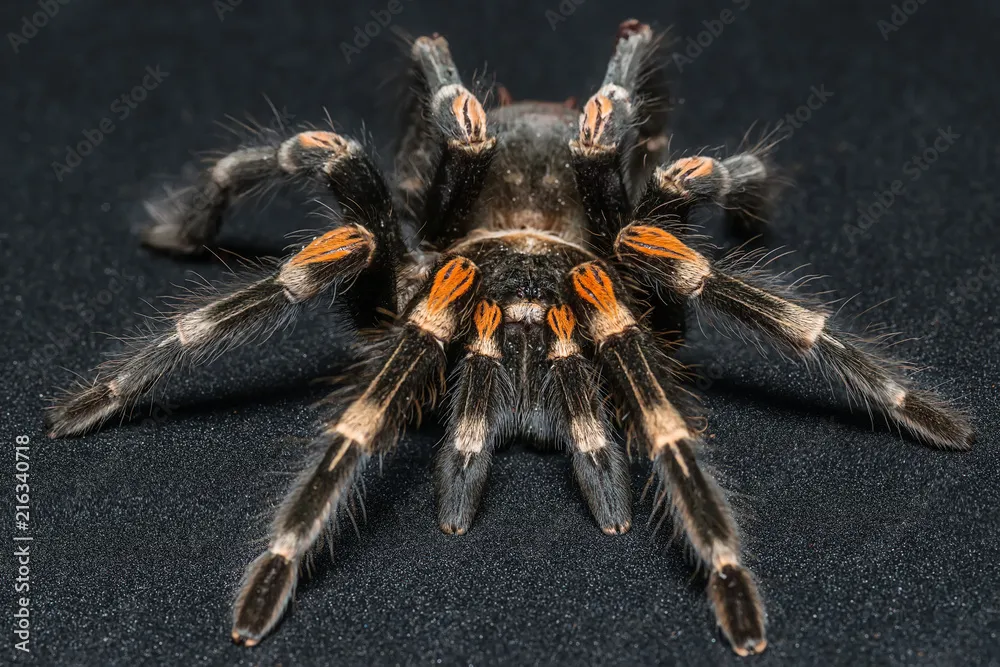What Determines Redknee Tarantula Length
The size of a Redknee Tarantula, particularly its length, is a fascinating aspect of their biology and a key consideration for prospective owners. Several factors intricately influence how large these captivating creatures grow, impacting their overall health and the type of care they require. Understanding what determines their size allows for better husbandry practices and enhances your appreciation for these impressive arachnids. The length of a Redknee Tarantula is not a fixed value; it’s a range influenced by a combination of internal and external factors, all working together to shape their physical attributes throughout their lifespan. These factors range from the genetic blueprint inherited from their ancestors, the consistency of their diet, and the environmental conditions under which they are raised.
Factors Influencing Size
Genetics
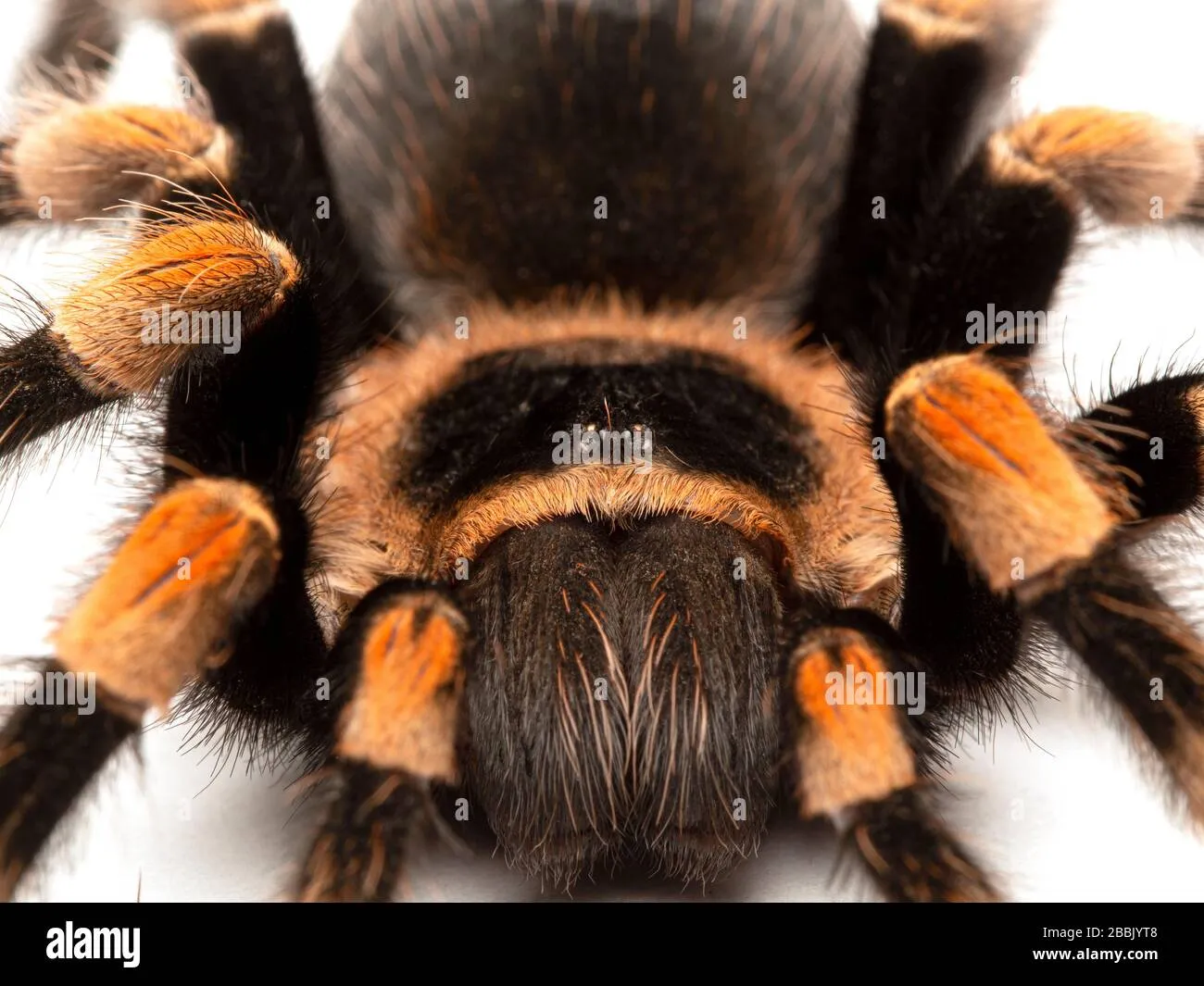
Just like in humans, genetics play a pivotal role in determining the maximum potential size of a Redknee Tarantula. Some tarantulas may inherit genes that predispose them to grow larger than others within the same species. Breeders carefully select their breeding pairs, sometimes prioritizing those with desirable traits, including size. The genetic makeup determines the baseline growth potential, affecting both body length and leg span. It’s crucial to understand that genetics set the upper limit of their size. Even with optimal care, a tarantula cannot exceed its genetically determined size potential.
Diet
Diet is another significant factor determining Redknee Tarantula length. A well-balanced diet rich in essential nutrients is crucial for healthy growth. Feeding tarantulas appropriately sized prey items, such as crickets, roaches, or mealworms, provides the necessary proteins and vitamins. Overfeeding can lead to accelerated growth, which, while it might seem desirable, can put stress on the tarantula’s body and potentially shorten its lifespan. Conversely, underfeeding can stunt growth and lead to malnutrition. A tarantula that doesn’t receive enough nutrition may not reach its full potential size. Providing a varied diet ensures they receive all the necessary nutrients for optimal health and growth.
Temperature and Humidity
The environmental conditions, specifically temperature and humidity, are essential for a Redknee Tarantula’s growth and overall well-being. Redknee Tarantulas thrive in warm and humid environments, and providing appropriate conditions is essential. Ideal temperatures for these tarantulas range from 75-85°F (24-29°C). Humidity levels between 60-70% are optimal. Too high or too low humidity can impede the molting process, which is when they shed their exoskeleton to grow, while also affecting their size. These conditions impact the tarantula’s metabolism, molting frequency, and overall health. Maintaining the correct temperature and humidity is, therefore, directly linked to their growth rate and final size.
How to Measure Redknee Tarantula Length
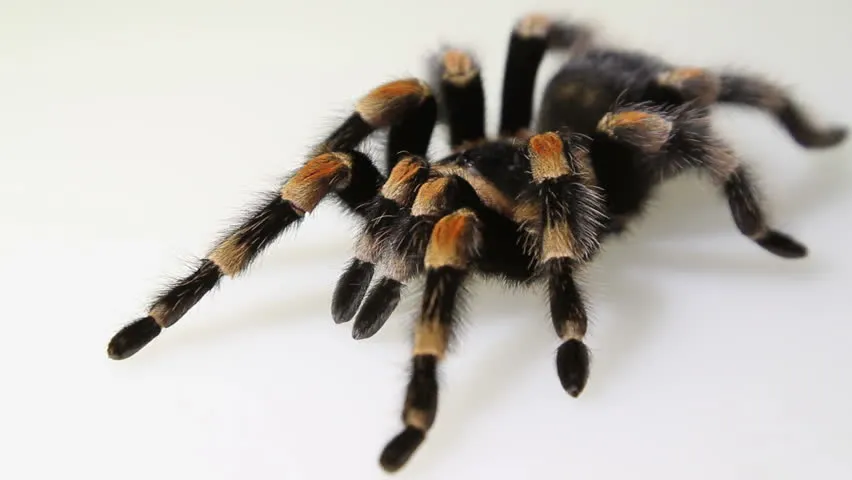
Measuring a Redknee Tarantula’s length can be done relatively easily, but it requires care to avoid stressing the animal. The measurement provides insight into their growth and health, assisting in monitoring their development. Although it is not recommended to handle these tarantulas, a gentle approach to this process is vital to ensure the tarantula’s well-being. It’s best to observe them in their enclosure, although you can still get a general idea of size without direct contact. Having a visual reference, such as photos or previous size records, can also assist in monitoring growth.
Understanding the Measurements
Understanding the difference between body length and leg span is key to correctly assessing a Redknee Tarantula’s size. Body length refers to the measurement from the front of the cephalothorax (the combined head and thorax) to the end of the abdomen. Leg span, on the other hand, is the distance between the tips of the tarantula’s legs when fully extended. Both measurements are crucial in providing a full picture of the spider’s size, but body length is often considered more critical in determining the enclosure size and general health. Recording these measurements over time provides a valuable record of their growth and helps in identifying any potential health issues.
Measuring Body Length vs. Leg Span
Measuring body length involves carefully estimating the distance between the two points mentioned above. Measuring leg span, however, requires a more observational approach. You can measure the span by observing the tarantula as it moves across a clear surface. This is also a good time to make observations about the tarantula’s health. The leg span is an important indicator of the overall size and also provides a visual reference. Using a ruler or a measuring tape can help with an accurate estimation. The most important aspect is to avoid stressing the tarantula during the measurement process and prioritizing the spider’s safety.
Average Redknee Tarantula Length
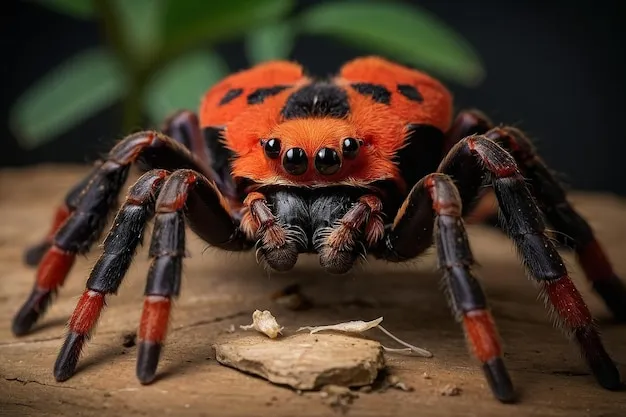
The average Redknee Tarantula length can vary, but generally, females tend to be larger than males. The body length of an adult female can range from 5 to 6 inches (12.7 to 15.2 cm), while the leg span can reach up to 6 inches (15.2 cm). Adult males are typically smaller, with body lengths ranging from 4 to 5 inches (10.2 to 12.7 cm) and a leg span that is often slightly smaller than that of the females. However, individual sizes can vary depending on the factors mentioned above.
Male vs. Female Size Differences
Sexual dimorphism, the noticeable physical differences between males and females, is evident in Redknee Tarantulas, especially in terms of size. Females, on average, are larger and have a longer lifespan, allowing them to grow to a greater size. The larger size of females is linked to their reproductive role. Males, conversely, are typically smaller, reaching maturity faster, and have a shorter lifespan. The males often reach their full size sooner because they put less energy into growth and more into reproduction. These size differences are an essential aspect of understanding the biology of Redknee Tarantulas and can be a helpful factor in determining the sex of the spider, although this can be difficult to confirm without examining the molt.
Growth Stages and Length
Redknee Tarantulas, like all tarantulas, grow by molting their exoskeleton. The frequency of molting decreases as they mature. Spiderlings molt frequently, sometimes every few weeks, while adults may molt only once a year or less. Each molt represents a significant growth stage. It is during these molts that they shed their old exoskeleton and reveal a new, larger one. The size increase with each molt varies. The speed of their growth depends on several factors, including genetics, diet, and environmental conditions. A well-cared-for tarantula will grow steadily through its various life stages, reaching its maximum size at maturity.
Why Length Matters for Redknee Tarantula Care
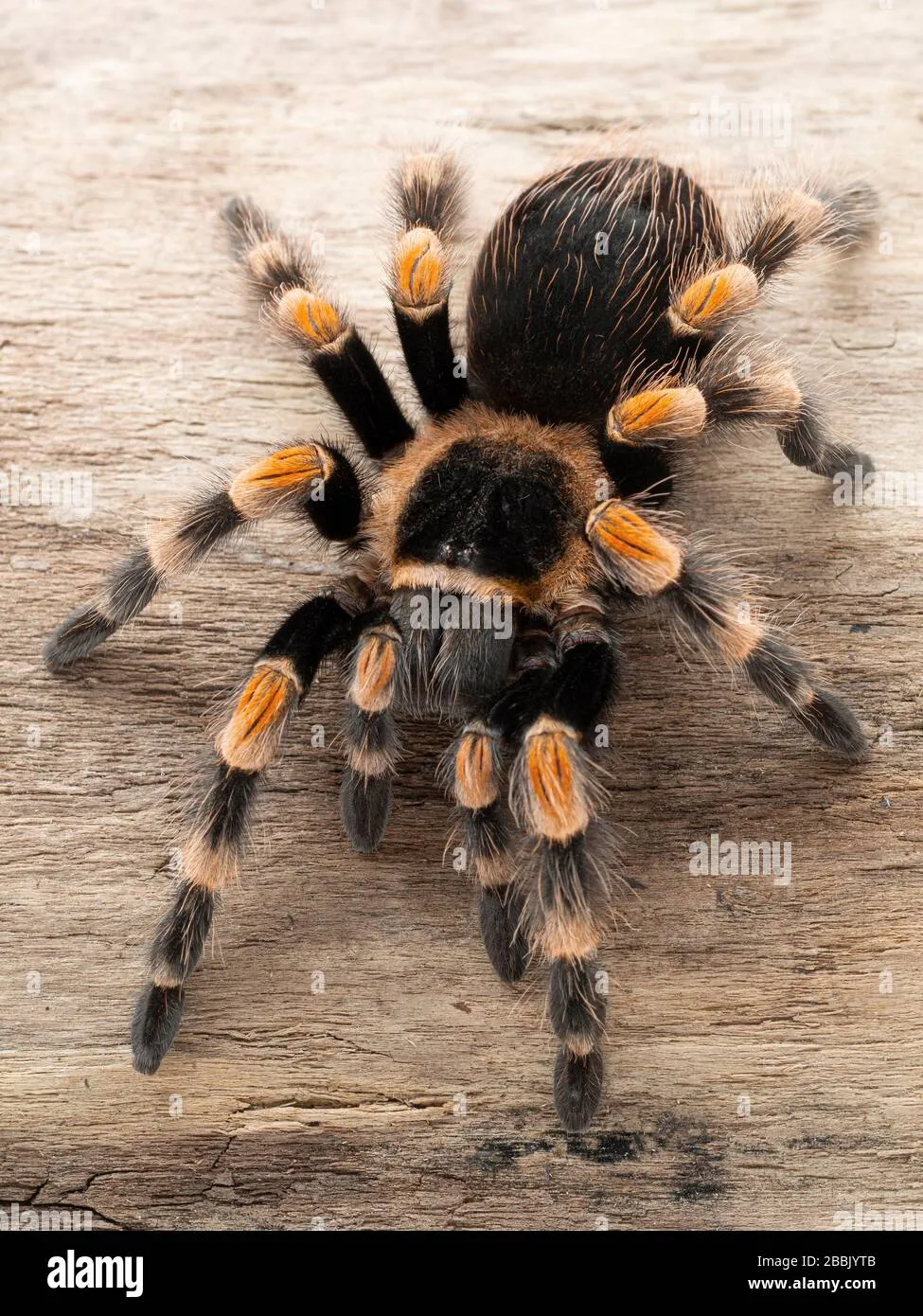
The length of your Redknee Tarantula is essential in determining the appropriate care it receives, impacting all aspects of its well-being. From enclosure size to the type and size of prey, understanding your tarantula’s current and expected size will assist in providing the best possible environment.
Enclosure Size and Requirements
Enclosure size is directly proportional to the tarantula’s length. A tarantula must have sufficient space to move around, and a too-small enclosure can limit its activity and well-being. A general guideline is that the enclosure should be at least three times the tarantula’s leg span in width. A good enclosure also needs to be appropriately ventilated and equipped with appropriate substrate, a water dish, and hiding places. The size of the enclosure must be adjusted as the tarantula grows, so regular measurements are a necessity.
Feeding and Prey Size
The size of your tarantula also influences the type and size of prey you should provide. The general rule is to offer prey that is no larger than the length of the tarantula’s body. Feeding them appropriately sized prey allows for easy consumption and prevents potential injuries. A well-nourished tarantula is more likely to live a long and healthy life, while a poorly fed tarantula might experience stunted growth and other health complications. Adjusting the size of the prey as your tarantula grows is a crucial element of responsible pet ownership. Ensure the prey is healthy and nutritious.
Health and Well-being
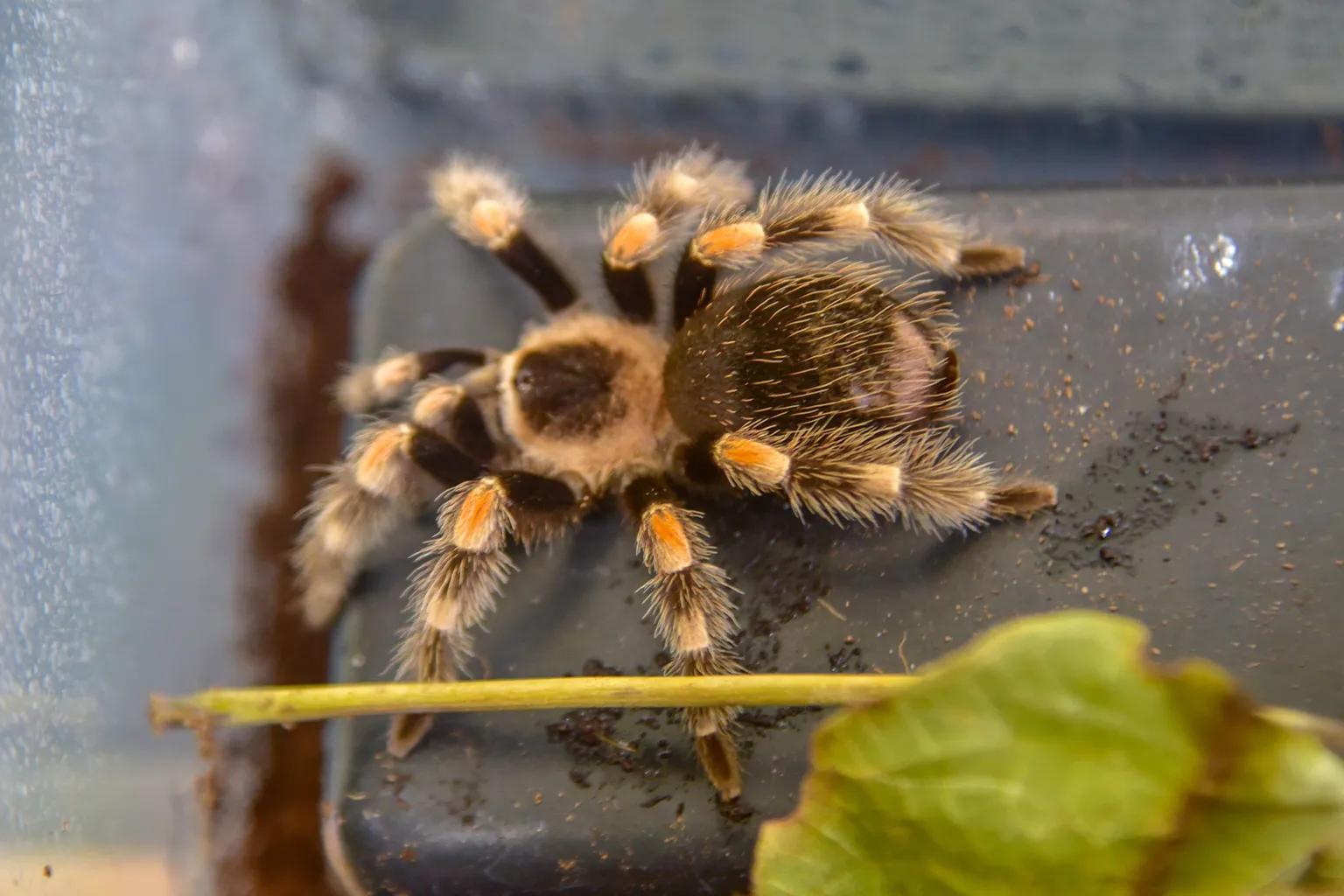
Monitoring your tarantula’s length and overall condition will assist in identifying any potential health issues. Changes in size, eating habits, and behavior may indicate problems such as poor diet, molting issues, or parasites. Regular observation allows you to detect early signs of any health concerns. Maintain their enclosure’s cleanliness, control the environment, and provide appropriate care; this will help to ensure the tarantula’s health. Understanding the typical length for the species, and knowing your individual tarantula’s growth pattern, can also aid you in providing them the best possible care.
Comparing Redknee Tarantula Length to Other Tarantulas
Redknee Tarantulas, while popular, are not the largest tarantulas in the world. Several other species exhibit different size ranges and growth patterns. Comparing their size can assist in putting them in perspective and understanding the diversity of tarantulas.
Other Popular Tarantula Species
Some of the largest tarantula species include the Goliath Birdeater (Theraphosa blondi), which can have a leg span of up to 12 inches (30 cm) or more, and the Pinkfoot Goliath (Theraphosa apophysis). Other popular species, like the Brazilian Black (Grammostola pulchra) and the Chilean Rose Hair (Grammostola rosea), typically have a smaller body length. Comparing your Redknee Tarantula’s size to these other species can highlight its place within the tarantula world.
Similarities and Differences
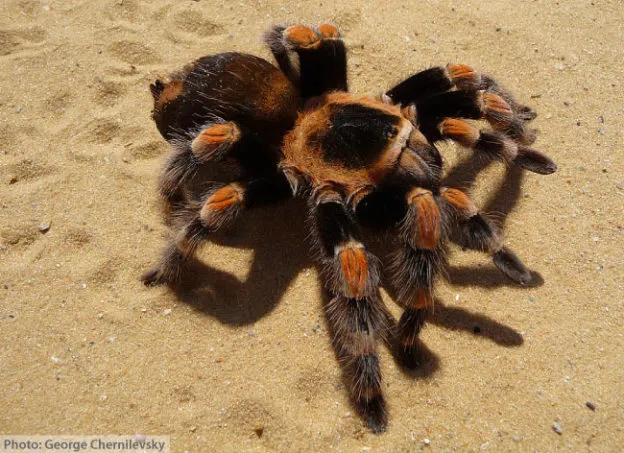
While Redknee Tarantulas share many similarities with other tarantula species, such as their molting process and the need for a specific environment, size is a key differentiator. Each species has its unique genetic makeup and growth potential, leading to varying sizes. Some tarantulas grow faster, some live longer, and some have different temperaments. Understanding these differences is crucial for both tarantula enthusiasts and pet owners, enabling them to provide suitable care and appreciate the diversity of these amazing creatures. Each species requires specific care, food, and enclosure size; therefore, knowing your pet is of utmost importance.
Conclusion
Understanding the Redknee Tarantula length and the factors that influence it will help you provide better care for your pet. By considering their genetics, diet, environment, and growth stages, you can ensure a healthy and happy life for your tarantula. Observing the size differences between males and females, measuring their length, and comparing them to other tarantula species will also enhance your appreciation for these remarkable creatures. Responsible tarantula ownership includes knowing what influences their size and providing the specific care necessary for their well-being. By focusing on these aspects, you can truly enjoy the experience of owning these captivating arachnids.
